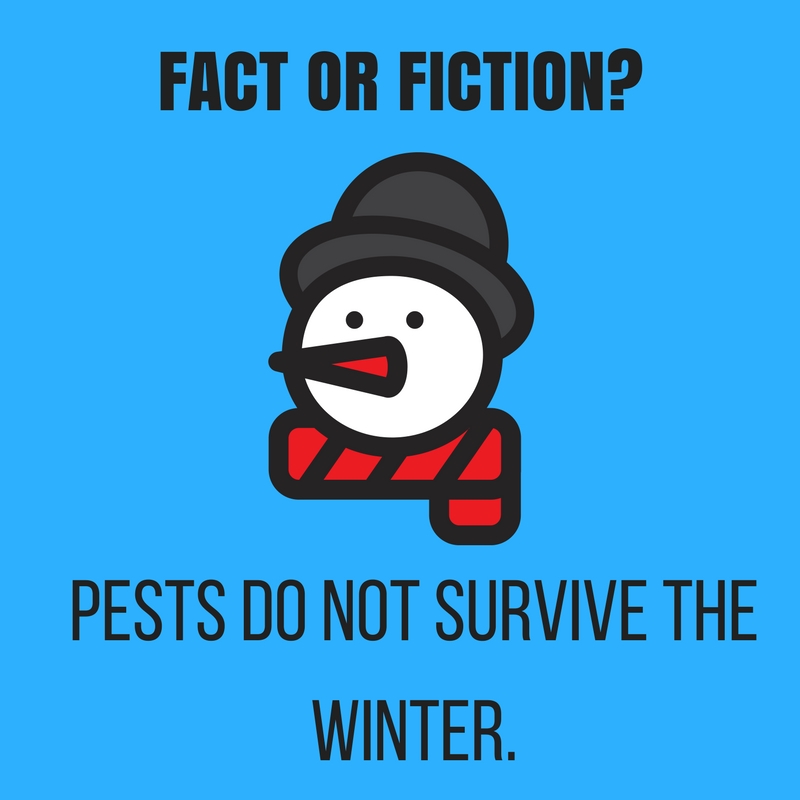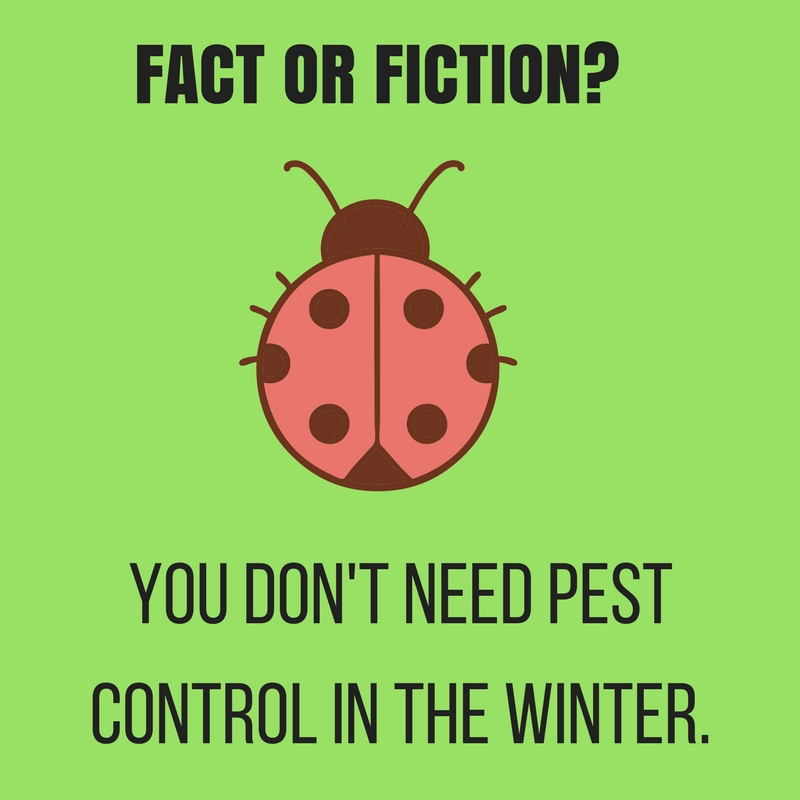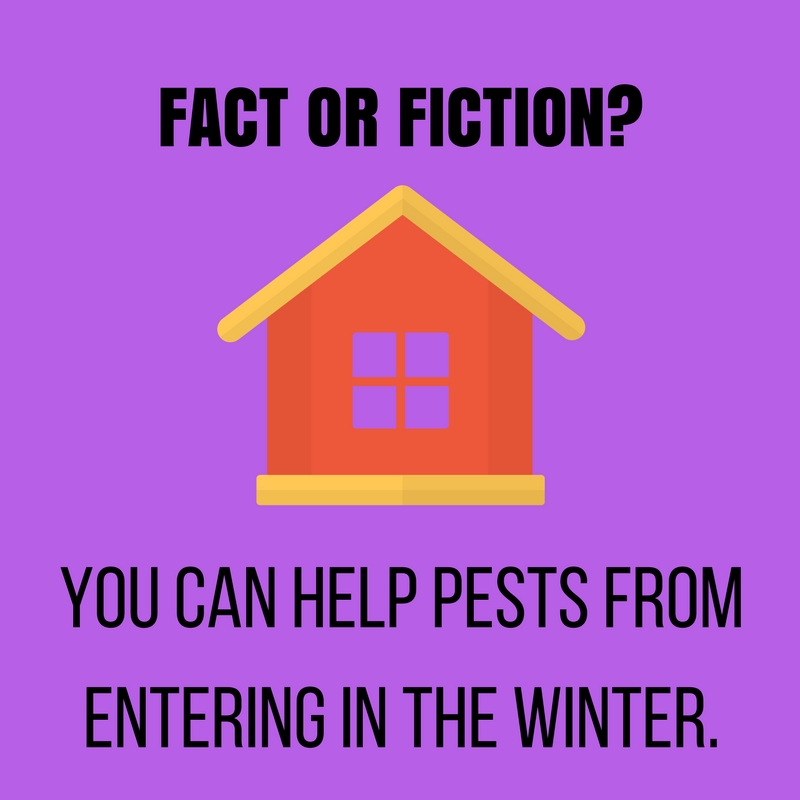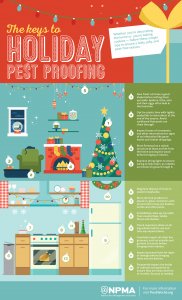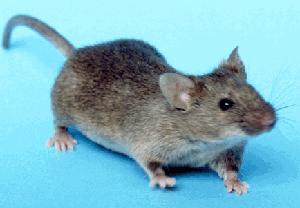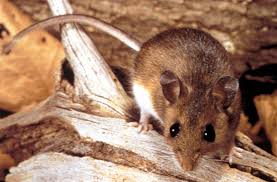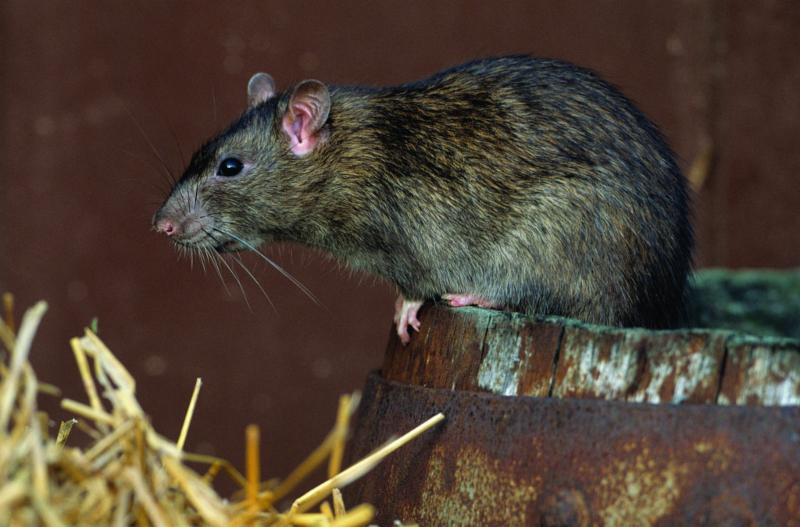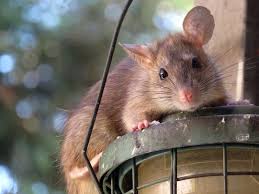Baby, it’s cold outside!
With the winter season comes colder weather, beautiful snowy landscapes, and the joy of the holiday season. As you enjoy the hustle and bustle of holidays and begin preparing your home for gatherings with friends and family, it is also important to take measures to protect your home from the overwintering pests that will be seeking shelter from the cold winter weather.
What is an Overwintering Pest?
Overwintering means to “spend, pass, or survive the winter.” “An overwintering pest is any bug that’s trying to survive the winter by moving inside the home. There’s a lot of pests that will just burrow deeper into the ground or hunker down for the winter. But there is a handful of pests that will decide your house is infinitely more attractive to survive the season,” said Jeff Phillips, President of Blue Chip Pest Services.
These pests will take refuge in your home and will commonly go unnoticed. In the spring, they will emerge from hiding as the weather gets warmer. As the reemerge, they will become active again, creating even bigger problems.
“They begin to seek shelter as soon as the temperatures drop, up until the first truly hard freeze,” Phillips said. He said the top three most common overwintering pests in St. Louis are box elder bugs, Asian lady beetles, and stink bugs. Phillips said around 15 years ago the Asian lady beetle was a major pest for many of their customers, but now he said for the last few years around 90% of their calls have been for stink bugs.
Phillps said overwintering pests are most prevalent in the springtime or the middle of winter when there is a temporary warm up in the weather. He said the pests that are hiding inside the walls, cracks, and crevices, will sense the heat and come back out.
“After hibernating inside the wall their sense of direction is not strong, a fair number will go deeper in and end up in the living space inside the house,” Phillips said.
Common Overwintering Pests to Watch Out For
There are a variety of overwintering pests that invade home during the winter. Phillips said the top three most common overwintering pests in St. Louis include:
Stink Bugs
The brown marmorated stink bug can be identified by their brown, shield-shaped body and the light bands on the outer fringe of their body. The outer fringe has markings that look like turtles shells. Their antenna is also marked with light color bands. This pest is 14-17mm in length and can be destructive to crops and gardens.
Phillips said the stink bug is not a threat to people and is more of a nuisance in the home due to the unpleasant odor they produce.
Boxelder Bugs
Adult boxelder bugs have a black body with reddish-orange markings while the young adults have a red and black body. Adults are approximately ½ in length. The pests have wings and are able to fly. This pest tends to infest buildings in large numbers.
Adult boxelder bugs typically emerge from hibernation in late April, early May. Their primary host plant is the boxelder tree, but silver maple trees may also serve as a host for them. In the fall season, they will typically gather on trees, the south side of rocks, and buildings where the sun hits.
Phillips said because they feed on trees, the only damage they can do is to the tree they are living on and do not cause pose a threat to people.
Asian Lady Beetles
Ladybugs, also known as Asian lady beetles, are typically round in shape and can be yellow, orange, red, pink, black and are marked with distinct spots. When disturbed or threatened, they can excrete an odorous yellow fluid that can leave staining on light colored areas in your home. Although Asian lady beetles can cause asthma or allergic reactions in some people, Phillips said they do not pose a threat to humans or animals.
During the colder months, ladybugs can be found clustered together under rocks, leaves, and other debris to stay warm. Some species will inhabit buildings or homes to seek shelter from the winter cold.
Other overwintering pests include:
Cluster Flies
Adults are slightly larger than common house flies and are dull-gray in color with golden hairs on their thorax. Phillips said they are nuisance pest. They do not cause damage to the home and are not known to carry diseases that are threatening to humans.
They typically “cluster” on the sunny exterior of buildings during the fall and will also gather in large numbers on the windows within the home on warmer winter days. Phillips said this pest is less common in St. Louis than it was in previous years.
Brown Recluse
A brown recluse can be identified by the fiddle-shaped marking on its back. This spider is light brown in color and is about the size of a quarter. This type of spider is named due to its reclusive behavior. They will stay in a closed area the majority of the time, such as closets, stored clothes, boxes, as well as crawl spaces, and basements but tend to live outdoors in dense vegetation or under rocks.
It is important to be cautious with these spiders because they have a bite that can cause a reaction in humans, resulting in fever, itching, nausea, and muscle pain.
Paper Wasps
These wasps are usually ⅝” to ¾” in length and are a brownish color with yellow markings. Wasps are semi-social insects that tend to live in small to moderate size colonies. Paper wasps are named after the materials they use to build their nests in porch ceilings, soffits, door and window frames, and other protected surfaces.
“Wasps may meander in through fireplaces and such, but by the time they make it there they are so weak and focused on survival that they are not a threat to people and their safety,” Phillips said. He said the queen wasp is typically the only one who will overwinter, not the entire nest. Phillips said this so she can come out in the spring and start a new nest.
Preventing Overwintering Pests
There is a range of measures you can take to protect your home from overwintering pests. Phillips said preventing them from gaining entry to the home is key. You can do this by:
- Caulking windows and doors
- Using weather stripping on doors.
- Installing screen caps on your chimney
- Seal cracks in your foundation
Also, be sure to rake debris away from your home or building so they do not have a place to hide. Phillips said once these pests have made it inside of your home, you will have to leave them or carefully vacuum them up to remove them.
He said you want to avoid killing the pests once they have invaded wall void or other space in your home in large numbers. “Spraying them or treating them inside the wall void is only going to potentially create issues,” Phillips said.
If there are enough pests accumulated in the space, Phillips said killing them can result in a strong, unpleasant odor. Another reason to avoid killing then is that the smell of dead pests can attract more pests such as the dermestid beetles.
Phillips said the key is preventing them from gaining access to the home, so if you have suffered an infestation or want to continue to keep your house pest free, prevention for next season is crucial. “It’s a matter of starting to build up a barrier outside for next year,” Phillips said.
Why You Need a Professional Overwintering Pest Control Service
Trying to control overwintering pests on your own can be a complicated and expensive process. Phillips said trying to treat overwintering pests on your own can also be ineffective.
“The problem is you need to use a variety of formulations, no one single formulation like a liquid or a dust is going to suffice. Once you start purchasing multiple things, the cost savings are gone when compared to hiring a professional,” Phillips said.
He said another reason that treating overwintering pests on your own is that the average person may not know where or when to apply the treatments to ensure they are effective at keeping pests out. At Blue Chip Pest Services, their expert team has the knowledge and the tools to effectively apply a range of treatments to your home to keep it pest-free throughout the winter.
Professional Year-Round Overwintering Pest Control
Phillips said their overwintering pest treatment begins in the fall with preventative treatments, where they focus on the entry points of the home including windows, doors, siding, as well as crack and crevices that pest can get through to keep them from gaining access in the first place. He said these areas are where heat escapes from the home which attracts the pests.
The certified pest control experts at Blue Chip Pest Services will thoroughly inspect your home and create a customized treatment plan that meets your pest control needs. Phillips said their team of pest control experts will apply dust residuals at these entry points focusing on the south and west points of the home or building which get more sun in the fall and winter season.
By creating a residual barrier, Phillips said the pest will encounter the materials when it tries to gain entry to the home or building and die.
Phillips said not much can be done in the spring once the pests infest the home, so prevention is the best way to treat overwintering pests. If an infestation occurs, Phillips said they can apply some treatments to the pests that are out and about, visibly crawling around. He said they can also assist in helping to locate and properly remove the pests from the home.
With year-round pest control programs, Blue Chip Pest Services can maintain a protective barrier around your home to help keep out overwintering pests and other unwanted pests out of your home.
Don’t let overwintering pests become a nuisance when spring rolls around, prevent them from entering your home this winter with Blue Chip Pest Services’ comprehensive and effective overwintering pest control programs.

